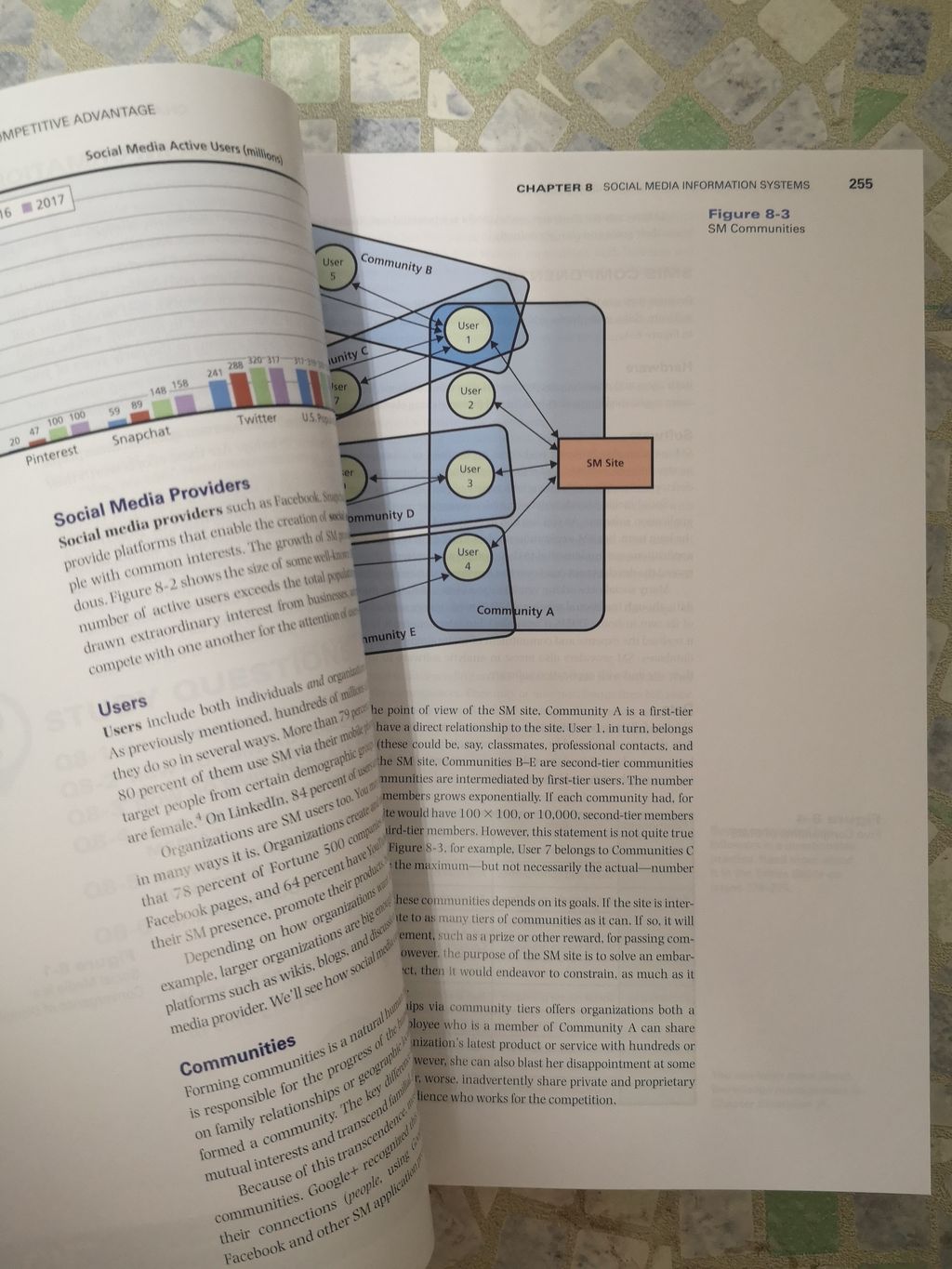Table of contents
Part 1: Why MIS?
1. The Importance of MIS
CE1. Collaboration Information Systems for Decision Making, Problem Solving, and Project Management
2. Business Processes, Information Systems, and Information
CE2. Collaborative Information Systems for Student Projects
3. Organizational Strategy, Information Systems, and Competitive Advantage
Part 2: Information Technology
4. Hardware and Software
CE3. Mobile Systems
CE4. Introduction to Microsoft Excel 2016
5. Database Processing
CE5. Database Design
CE6. Using Microsoft Access 2016
CE7. Using Excel and Access Together
6. The Cloud
CE8. Network and Cloud Technology
Part 3: Using IS for Competitive Advantage
7. Processes, Organizations, and Information Systems
CE9. Enterprise Resource Planning (ERP) Systems
CE10. Supply Chain Management
8. Social Media Information Systems
CE11. Enterprise Social Networks and Knowledge Management
9. Business Intelligence Systems
CE12. Database Marketing
CE13. Reporting Systems and OLAP
CE14. Artificial Intelligence and Automation
Part 4: Information Systems Management
10. Information Systems Security
11. Information Systems Management
CE15. Data Breaches
CE16. International MIS
CE17. Systems Development Project Management
12. Information Systems Development
CE18. Agile Development
CE19. Business Process Management
1. The Importance of MIS
CE1. Collaboration Information Systems for Decision Making, Problem Solving, and Project Management
2. Business Processes, Information Systems, and Information
CE2. Collaborative Information Systems for Student Projects
3. Organizational Strategy, Information Systems, and Competitive Advantage
Part 2: Information Technology
4. Hardware and Software
CE3. Mobile Systems
CE4. Introduction to Microsoft Excel 2016
5. Database Processing
CE5. Database Design
CE6. Using Microsoft Access 2016
CE7. Using Excel and Access Together
6. The Cloud
CE8. Network and Cloud Technology
Part 3: Using IS for Competitive Advantage
7. Processes, Organizations, and Information Systems
CE9. Enterprise Resource Planning (ERP) Systems
CE10. Supply Chain Management
8. Social Media Information Systems
CE11. Enterprise Social Networks and Knowledge Management
9. Business Intelligence Systems
CE12. Database Marketing
CE13. Reporting Systems and OLAP
CE14. Artificial Intelligence and Automation
Part 4: Information Systems Management
10. Information Systems Security
11. Information Systems Management
CE15. Data Breaches
CE16. International MIS
CE17. Systems Development Project Management
12. Information Systems Development
CE18. Agile Development
CE19. Business Process Management
×




